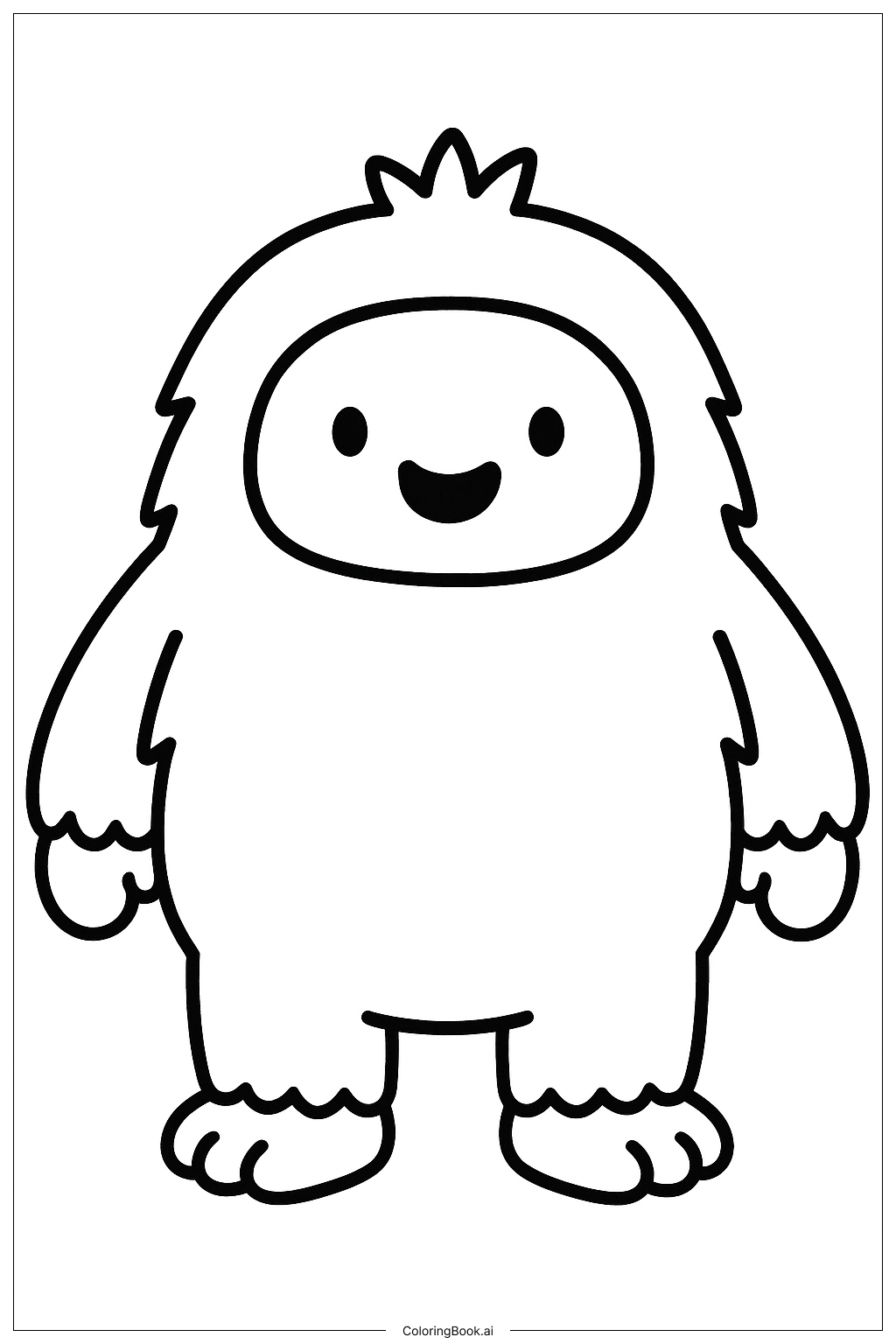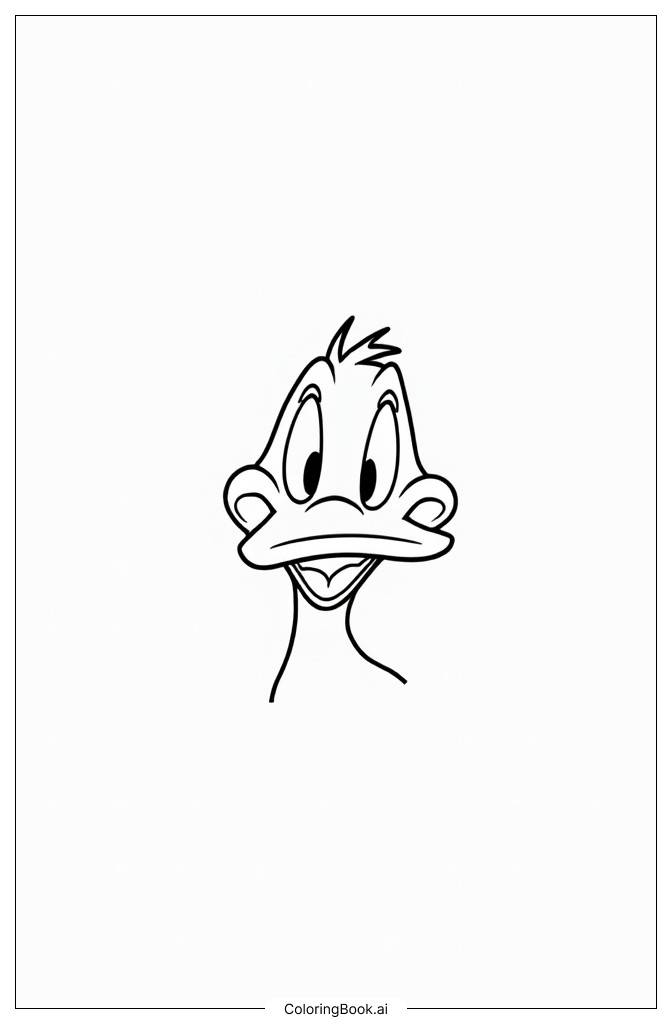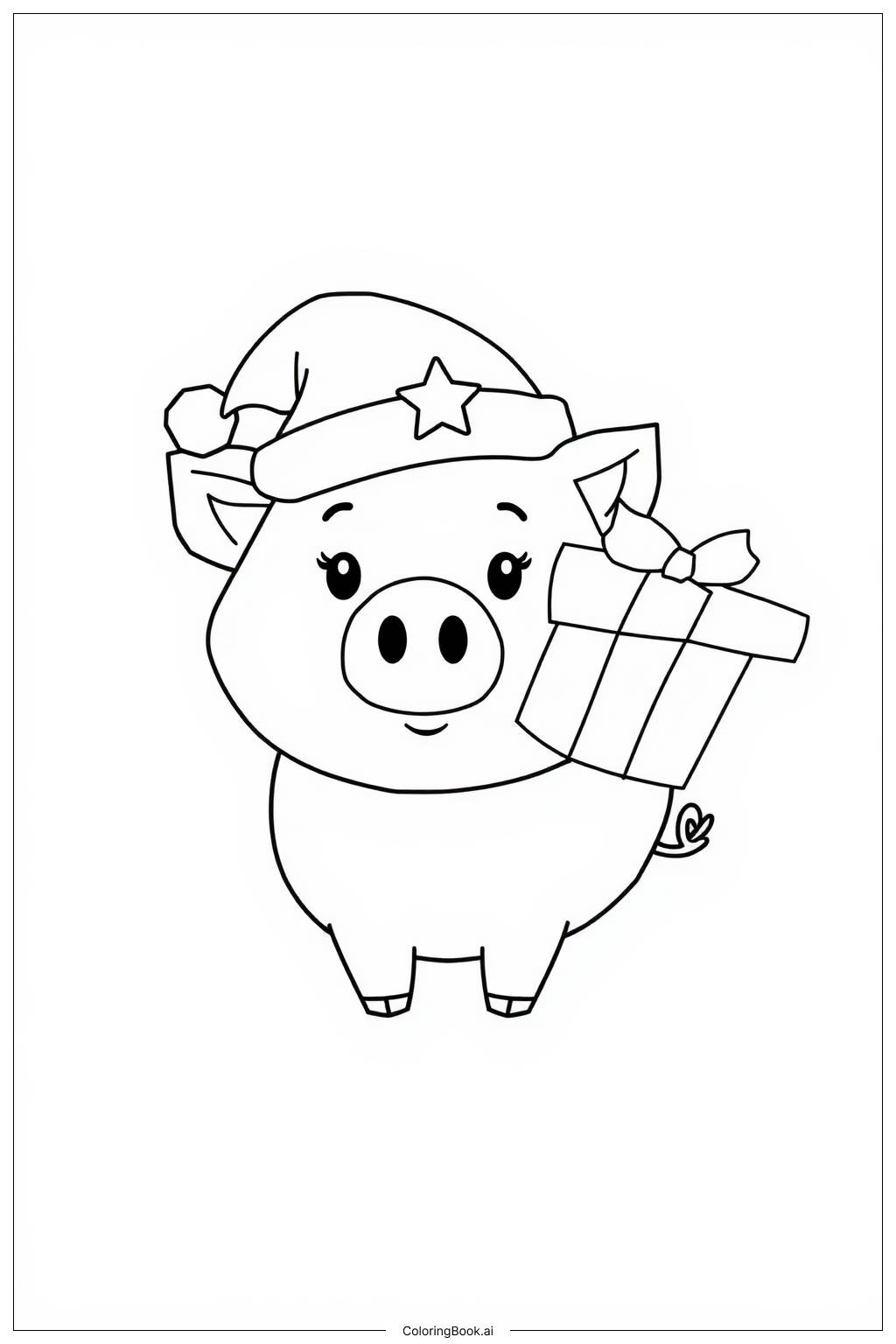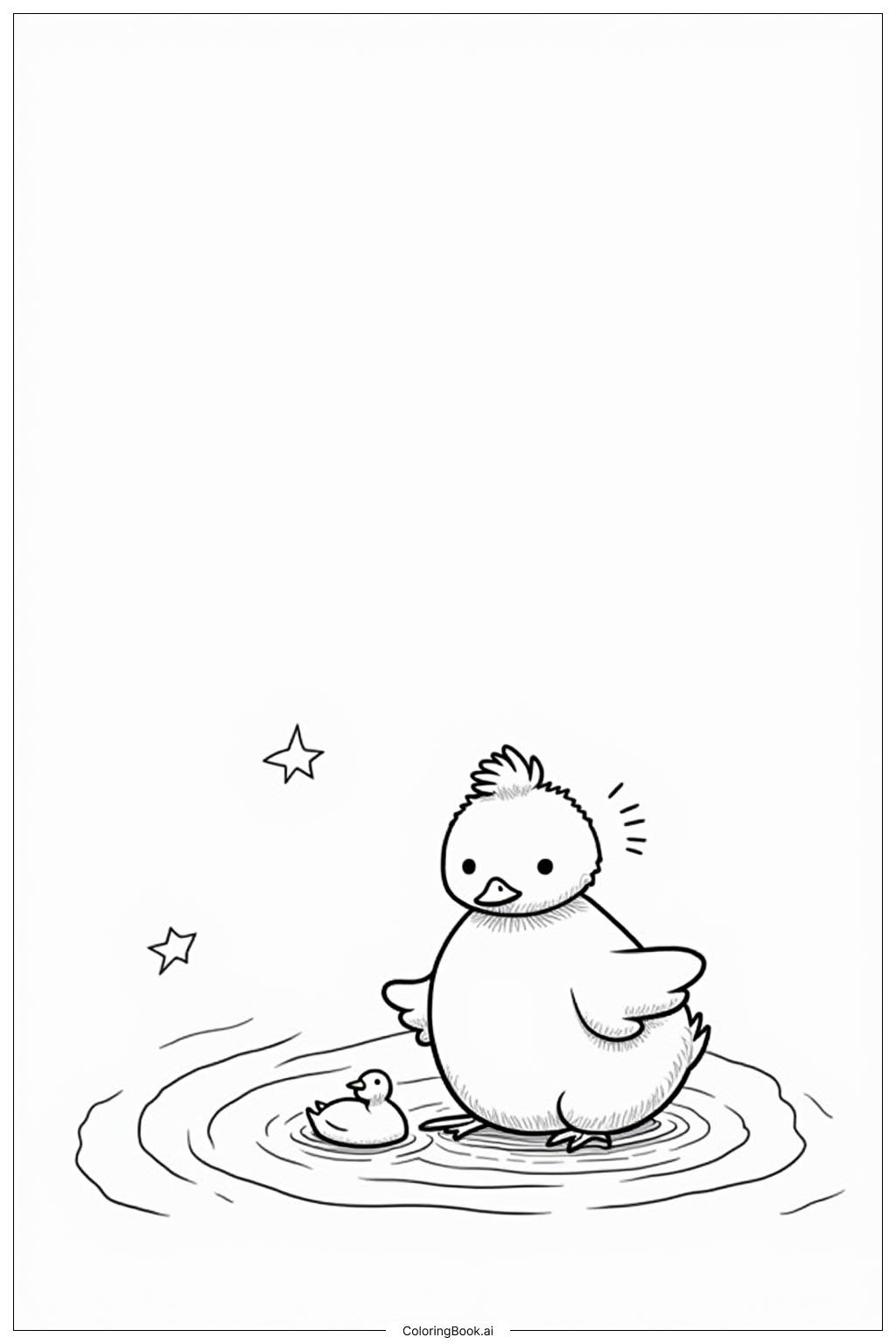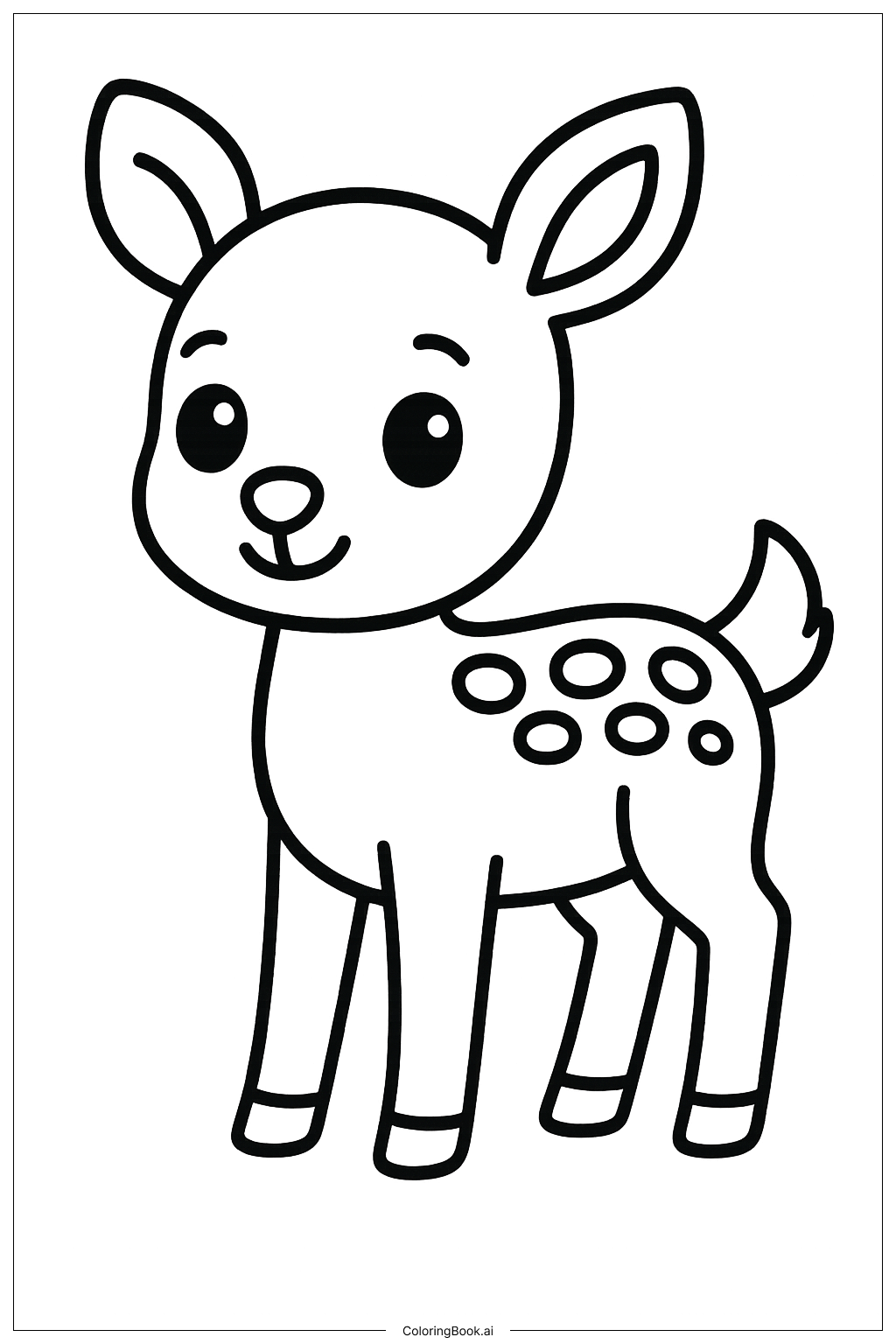Coloring tips: How to color A Chubby Little Yeti coloring page well?
For coloring this chubby little yeti, start with light colors for the face to highlight its friendly smile. Use shades of white, light blue, or pale gray for the fur to give it a soft, fluffy look. You can add a light shading effect around the edges to create some depth. Use bright colors like pink, purple, or green for the tufts of hair on the head to add a fun pop of color. The feet and hands can have a slightly darker color to make them stand out. Try blending colors gently in the bigger areas to keep the yeti’s soft appearance. Don’t worry about perfect coloring; have fun experimenting with different colors and patterns!
Coloring challenges: Which parts are difficult to color and need attention for A Chubby Little Yeti coloring page?
1. Large uniform areas: The yeti's body has big sections that are empty, which can be hard to color evenly without streaks or gaps.
2. Maintaining softness: Coloring the fluffy texture while keeping it looking soft and friendly requires gentle shading and blending skills.
3. Small facial features: The eyes and mouth are small shapes that demand careful coloring to stay inside the lines without smudging.
4. Contrast balance: Choosing colors that make the tuft of hair pop without overpowering the soft fur can be tricky.
5. Keeping neat edges: The wavy outline around the arms, legs, and hair tufts needs precision to avoid coloring outside the lines.
Benefits of coloring books: Advantages of drawing A Chubby Little Yeti coloring page
Coloring this little yeti helps improve fine motor skills by practicing careful coloring within the lines. It encourages creativity by letting children choose colors and experiment with shading. This activity also teaches focus and patience, especially when working on the small facial details. Moreover, coloring a friendly creature like this can boost mood and reduce stress, making it a relaxing pastime. It is a fun way for kids to learn about mythical creatures while enjoying art.
